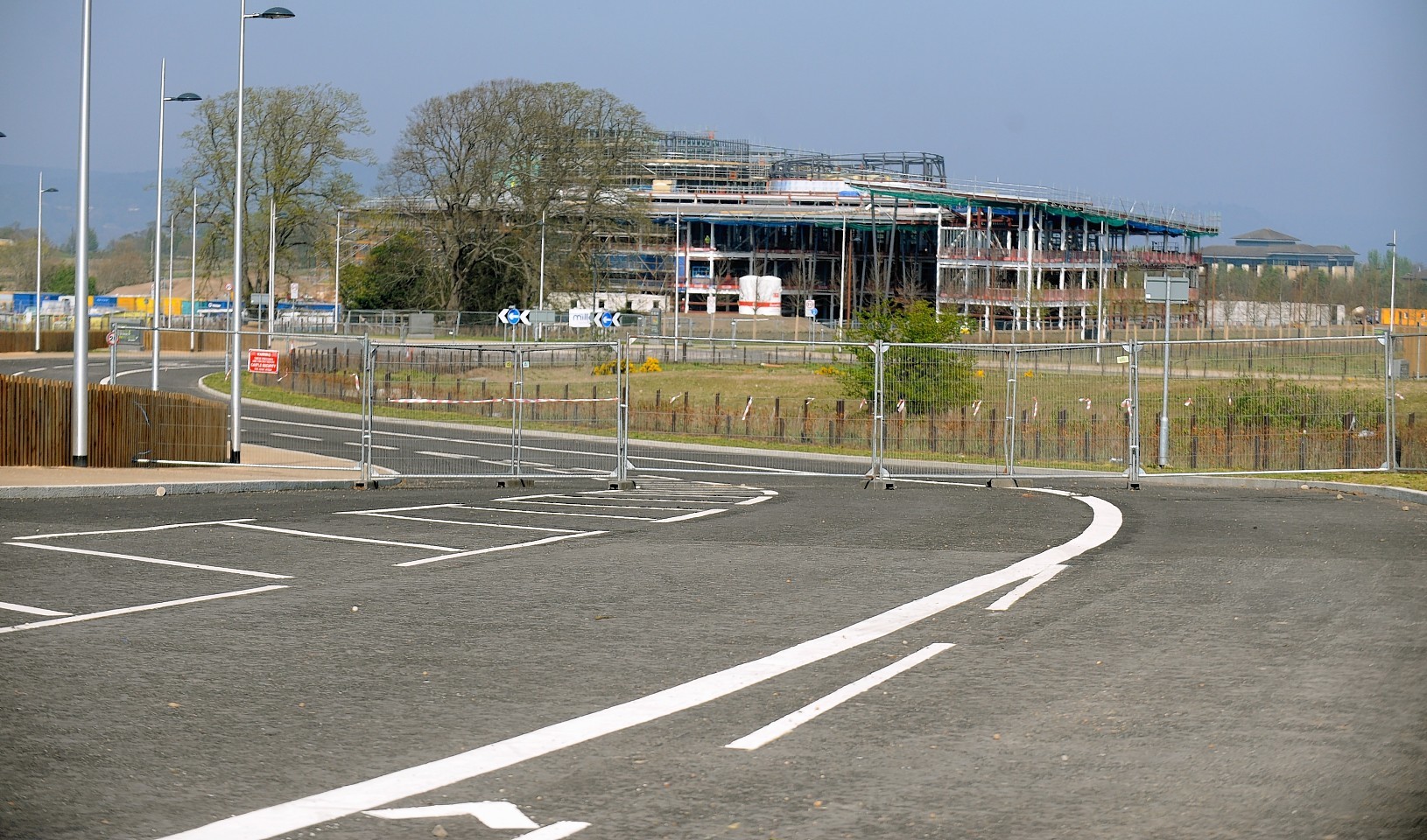PLANS for a “£1million-a-mile” cycle route in the Highland capital have been branded a waste of money by angry opposition councillors.
The path will link the new Inverness Campus with the city centre – and the local authority’s contribution to the controversial project has soared to £350,000.
The first meeting of Highland Council’s new planning, development and infrastructure committee was told the bill for just 0.7 miles of cycleway would be £733,000.
The path will run from Morrison’s supermarket along Millburn Road to Millburn Rounadabout.
The local authority had been expected to contribute £250,000 to the project but will now bear almost half the cost.
Opposition members accused the council of squandering money and senior Independent Isobel McCallum branded the path the “million-pound mile”.
Councillors had previously been told the project – mostly using existing pavement – would cost £638,000 and had approved funding of a quarter of a million pounds.
But acting head of infrastructure, Colin Howell, revealed the price rise yesterday and admitted the project was supposed to have been completed by March 31.
The council has now had to contribute an extra £100,000 from its capital programme and Carbon Clever fund.
Councillor McCallum called for the brakes to be put on the path scheme until a cheaper way of completing it could be found.
She said: “This plan has been kicked back and forwards to nearly never committee in the council in search of funding.
“I find it astonishing that we are focusing so much money and attention on this when there is much more out there that needs our attention.
“I have taken the time to measure the distance that we are talking about building a new cycle path on and it is just 0.7miles.
“I can’t help but feel that we are squandering money on this.
“If you take the cost and the distance of 0.7miles, we are talking a million pounds a mile. That’s not value for money.”
Fellow Independent, Councillor Audrey Sinclair added: “I am fully in support of the cycle route and promoting alternatives to driving.
“However, I don’t think that it warrants having this kind of money thrown at it.”
The Independent group’s comments were criticised by councillors in the ruling coalition, who voted to approve the extra money being given to the project.
SNP councillor Richard Laird said: “I believe that dedicating funding to this will represent value for money in the long run.
“Cyclists using Millburn Road in its current state run a very real risk of being hurt without a dedicated cycle lane.
“This is a good piece of forward thinking and it will be well used once it is built.”
The Independent’s bid to postpone the project failed after a 13-4 vote.
The 10ft wide cycle lane will run along Milburn Road, then through Raigmore Estate, and across the A9 via the Golden Bridge to the campus.
It has been designed to connect to a larger network which will allow cyclists to travel from the city centre to Culloden Battlefield via the existing cycle routes.
The rest the funding package is made up of £300,000 from European development money, £50,000 from developers at Inverness Campus, £23,000 from Morrison’s supermarket and £15,000 from Hitrans.
Mr Howell said: “The challenge with having a cycle lane as wide as we are proposing is that you start to intrude into the verges, the vegetation, side slopes and much more which makes it difficult to build on.
“The alternative is to lower our standards or reduce the scale and we do not want to do that.”
